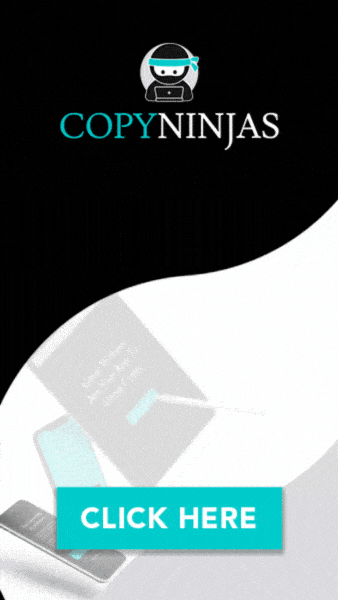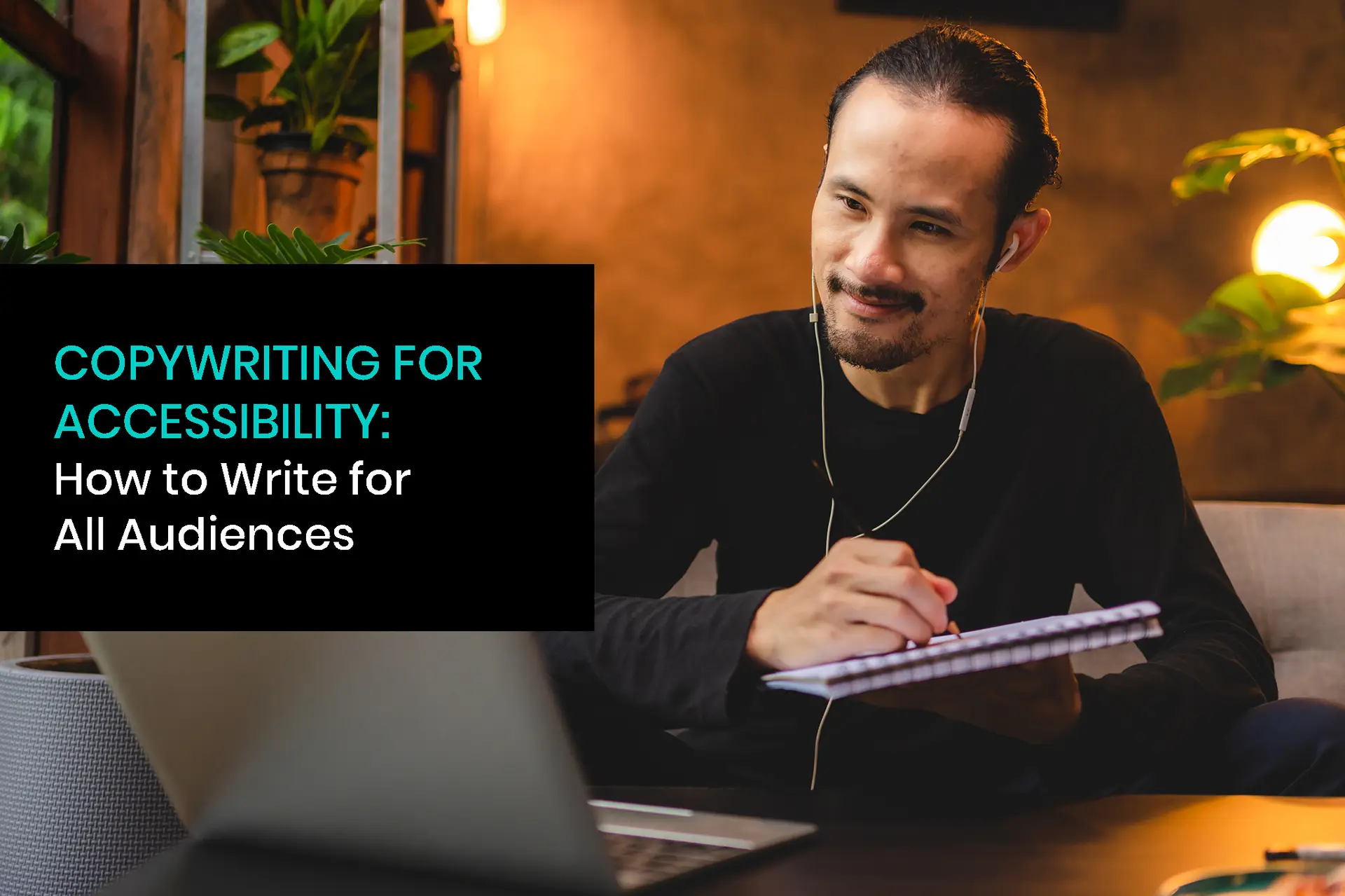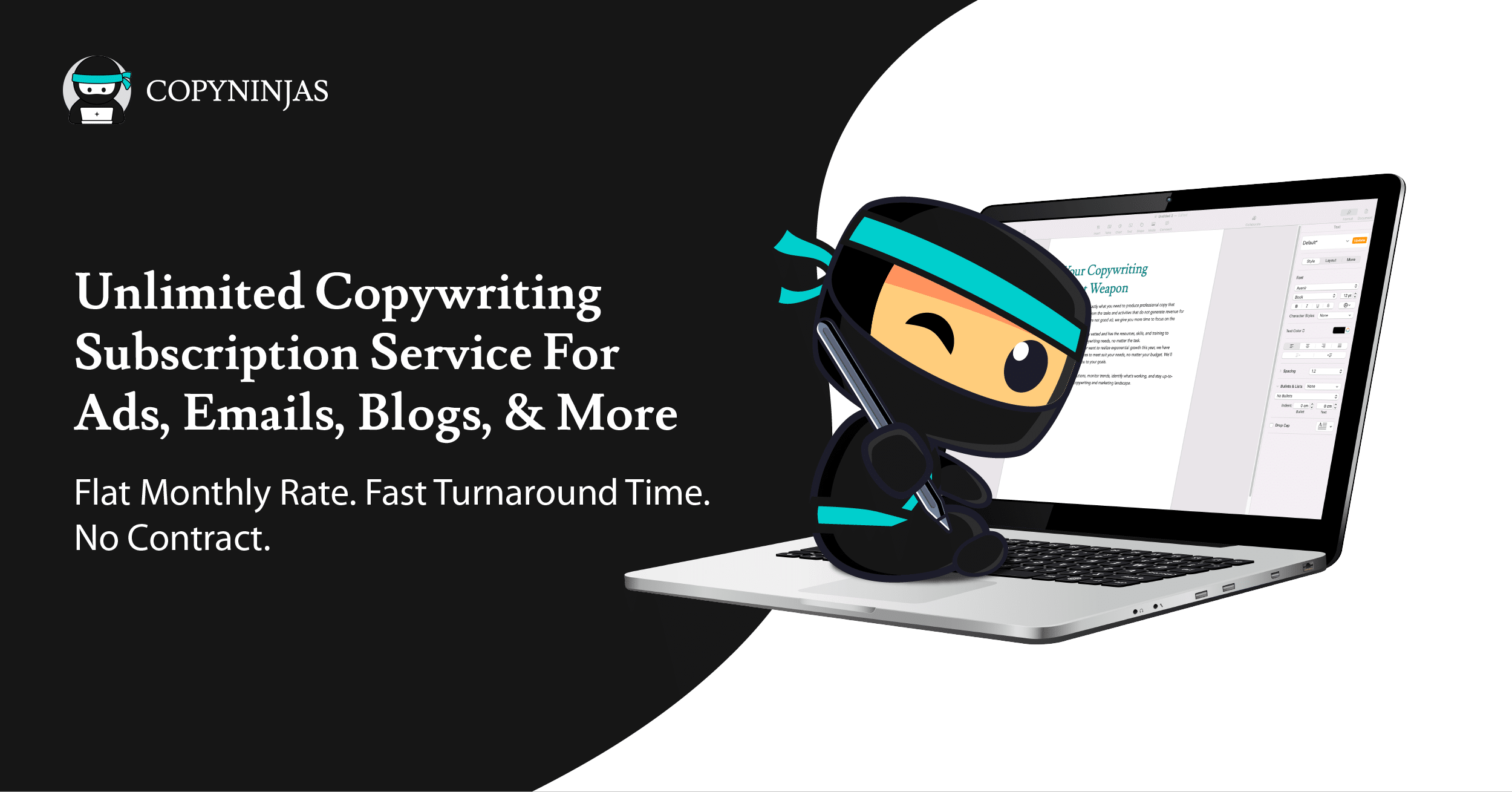Connecting with every reader through inclusive language.
Writing is an art that connects us, bridging thoughts and understanding. But what if that bridge isn’t accessible to everyone?
Effective copywriting is about creating content that all readers can engage with easily. Here’s where the concept of accessibility comes into play. Let’s explore what this means and how it can broaden your reach as well as deepen your brand impact.
What is Accessibility?
Accessibility refers to the mindful design and creation of products, services, and content for people with disabilities. It involves removing barriers and providing equal access to information and resources to all, including individuals who are visually impaired, deaf or hard of hearing, have mobility impairments, or have cognitive disabilities.
Why Content Accessibility Matters
According to the World Health Organization, around 1.3 billion people experience significant disability. That’s a significant chunk of the global population! However, they’re an often overlooked demographic that deserves to be included and considered in our content creation efforts.
It’s not even about selling products and services to them. It’s about making solutions that improve their quality of life within reach. When we’re mindful of accessibility in our writing, we contribute to an inclusive and all-accepting society.
Key Elements for Writing Content for Accessibility
Writing for accessibility goes deeper than simply using inclusive language and avoiding jargon. Here are five key factors to consider:
Clarity and Simplicity
Use clear, straightforward language. Avoid jargon and complex sentences that can be difficult to understand or read by text-to-speech software.
For instance, when writing about a technical subject, break down complex concepts into simpler terms that are easier to comprehend. Keep your sentences concise and to the point, avoiding unnecessary words or phrases.
This way, you don’t scare readers away because of all the complex technical terms and convoluted sentences. Make your content approachable so that they actually want to learn more about it.
Structured Content
Organize your content with headings, lists, and short paragraphs. Breaking up information into visual chunks can make the content more digestible and easier to navigate for all readers, especially individuals with cognitive disabilities and those using screen readers.
Headings provide structure and allow readers to quickly scan through the content and get an overview of the main points. Meanwhile, lists help break down information into smaller, easily readable bits.
Alt Text for Images
Always include descriptive alt text for images. Alt text is a technical element of your content that provides a text alternative to photos.
Aside from being useful for search engine crawling and SEO, it’s important for accessibility since screen readers can read the alt text aloud to people who are visually impaired. It gives them the image’s content, context, and relevance to the blog post.
When writing alt text, be descriptive yet concise. Provide relevant information without being overly wordy for a smooth reading experience.
Contrast and Font
Your website’s design should prioritize contrast and legibility. Choose colors with sufficient contrast between the text and background for better readability, especially for those with visual impairments.
Moreover, select fonts that are clear and easy to read. Avoid decorative or overly stylized options. Consider using larger font sizes for better visibility to assist individuals with low vision.
Captions and Transcripts
Provide captions or transcripts for video or audio content. These help individuals who are deaf or hard of hearing access the information shared in the multimedia format.
Make sure captions accurately convey the dialogue, sound effects, and other relevant audio cues. Transcripts, on the other hand, should provide a written record of the audio content. This way, individuals who cannot listen to or watch multimedia content can still get valuable information from your content.
Empowering Your Message Through Inclusive Writing
Publishing content isn’t just about getting your message out there. We have a bigger responsibility, and that’s to create a more inclusive experience for all readers. When we make sure no one is left behind in the discourse, we empower individuals and contribute to a more equitable digital world.
Ready to make a difference but don’t know where to start? Copy Ninjas will gladly guide you through the process of mindful copywriting.
Our team believes in creating accessible and inclusive content for all. This way, you can increase visibility for the impactful solutions you offer.
Let’s talk about how we can promote your values and get your message to a wider audience today. Contact us now!










One Response